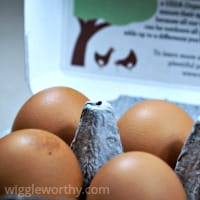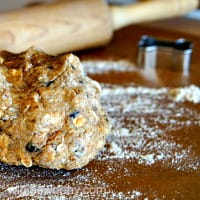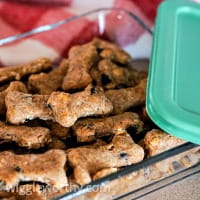12 Easy Ways to Soften Brown Sugar
Finding out half-way through a recipe that you need to soften brown sugar can be a real killjoy, but as it adds a special kind of sweetness to recipes skipping it can be disappointing.
The good news is that there are several ways to turn that rock-hard lump back into soft, moist sugar!
Out of the the dozen methods on this page two of them work reasonably fast depending on how much sugar you're trying to soften (meaning that recipe you just started won't go to waste).
The other methods use organic items (or a sugar saver) to replace lost moisture and they take at least a couple of hours to work. Some of them are most effective when left overnight.
I've also taken a look at the best way to store your brown sugar from day one, so it never gets a chance to become hard. That's definitely the best case scenario.
Finally, I've added a fail-safe tip... how to make a replacement for the brown sugar in your recipe using granulated white sugar and molasses.
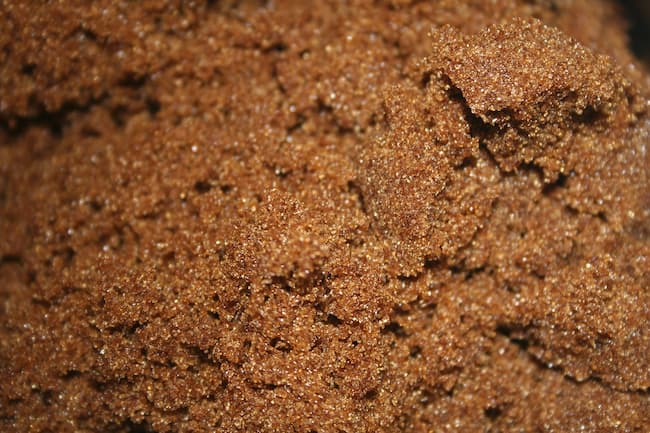
I don't generally use sugar in my dog treat recipes. Instead, I like to find natural sweeteners like applesauce, mashed banana, molasses, honey etc.
But, there are times when a little bit of sugar is called for (and doesn't hurt) plus, if you're baking dog treats I'm guessing you like to bake the human variety too!
I hope this helps you, whatever your brown sugar dilemma may be.
How to soften brown sugar fast
Brown sugar is made from white sugar and molasses, and it gets hard because the sugar crystals lose their moisture over time and become dry.
So, the way to fix the problem is to get that moisture back into your sugar.
There are several ways to do this which can take anywhere from two hours to twelve hours.
But if you need to soften your brown sugar right now, the good news is there are two good options, and one (at least in my book) not so good one.
Using your microwave to soften brown sugar
The best way to soften brown sugar quickly and easily is to use your microwave. Here are options:
Microwave Method #1
Place sugar into a microwave-safe container and cover it with a wet paper towel or damp kitchen towel.
Microwave for 20 seconds then check sugar for softness. Continue microwaving at 20 second intervals until your sugar is soft, moist and ready to use.
You'll need to scrape/stir the top layer of sugar regularly to prevent it from melting, while the underneath ones remain hard. You can remove the softened sugar as you go and put it into another bowl and also cover that with a damp paper towel.
If your sugar is close to melting but hasn't softened all the way to the center/bottom, it's best to stop microwaving it and instead, place the bowl on the counter, get a fresh, damp paper towel (or rewet the fabric one) and recover the top of the bowl, then let it sit until the process is complete.
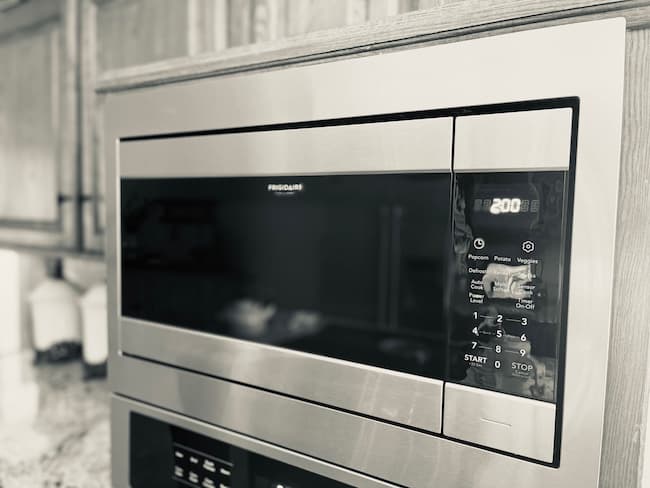
Microwave Method #2
Place sugar into microwave-safe bowl and place it UNCOVERED in the microwave.
Fill a small microwave safe cup or container with 1/4 cup of water and place it next to the bowl of sugar in your microwave.
Microwave in 20 second increments, as described in Method #1 above, until the sugar is nice and soft and ready to use.
How to soften brown sugar using your oven
If you don't have a microwave, or prefer not to use one, you can achieve similar results using an oven, it's more labor intensive and is it's a bit of a balancing act to soften the sugar without melting it.
Oven Method
This works best with lumpy brown sugar which hasn't got to the 'solid rock of sugar' stage.
Loosely wrap the sugar in aluminum foil and place 'package' on a baking sheet in an oven preheated to 250F.
Heat for 5 minutes then remove from oven and try to break up lumps and outer edges using a fork. Rewrap and return to oven and repeat this process at 5 minute intervals until sugar is softened enough to use.
Be aware that it's likely to harden again fairly quickly as you haven't replaced much of the moisture so spread it out to avoid being faced with those big sugar lumps again.
Using a food processor to soften brown sugar
The third quick way to make brown sugar useable is to physically break it up in it's dry state, rather than allowing it to absorb moisture.
This will give you brown sugar granules that you can measure, sprinkle and use in a recipe, but unless you add a little water during the process it won't be soft.
The easiest way to break up hardened brown sugar is to use a food processor.
Fair warning, this is likely to sound rough, and your food processor probably won't love it, but it is effective. And relatively quick.
Food Processor Method
I'd suggest discarding the biggest, most rock-solid chunks of sugar when using this method, because not only is that likely to be more successful, it will also put less strain on your equipment.
Then put the sugar into your food processor and chop/pulse at slow speed for a few seconds at a time. Go slow and easy so as not to damage your food processor.
If you want to try to add just a little moisture back into your sugar using this method you can add 1/4 tsp of water at a time as you work on it(up to a max of 1 tsp per cup of sugar).
Be very careful doing this, excess water will produce a 'sugar-water-with-lumps-in-it' scenario so use your best judgement and proceed with caution.
Other ways to make brown sugar soft again
If you're planning ahead for your baking, or have at least a couple of hours to spare, here are a whole host of easy ways to soften brown sugar that has morphed into a solid lump.
All of them require you to put the sugar into an air-tight container or zip-top bag or other resealable bag, because you're trying to add moisture to the hardened sugar (to replace the natural moisture it's lost), and to do that you need to closed environment.
Once you have your sugar in an appropriate container, simply add one of the following to it and seal/close the container tightly.
Wait a few hours, or overnight, and you'll soon have soft, moist brown sugar again.
Ready? Okay, here are the options you can add to your hard brown sugar to make it soft again:
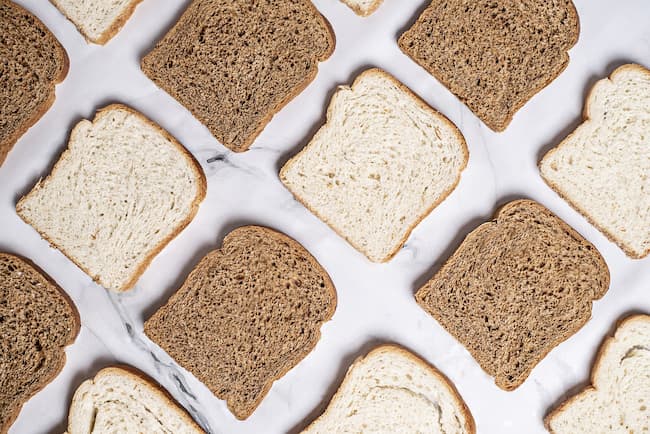
Bread
A single slice is enough. White bread may have the most moisture but any bread will work.
Cutting the slice into two, three of four pieces and placing them in different areas of the container can help speed up the softening process.
The bread may soften your sugar in as little as a couple of hours, but it can take eight hours or more to work.
Apple Slices
Complete with skin, or peeled, either works.
One slice of apple will work, two will make it work faster.
It's likely to take anywhere between two and eight hours to soften your sugar, if you had one big lump of hard brown sugar to start with it may take longer.
Orange Peel
Adding some orange peel (the peel from one orange quarter is good) will soften your sugar. This could take three or four hours, or more, or even overnight.
Pear slices
Pears are a very moisture rich fruit so a slice of pear can work well.
Because it's so moist you don't want several slices, and this should work reasonably quickly, hopefully within a couple of hours.
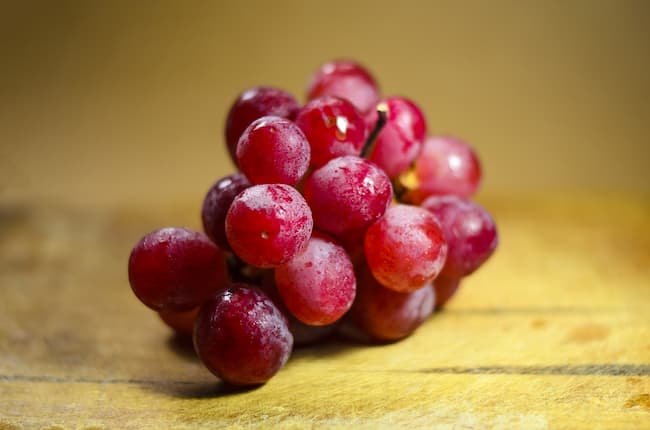
Grapes
Grapes are another nice, juicy fruit, with the benefit of being small and less likely to get too squishy right off the bat. Seedless grapes are best, that way you don't end up with tiny seeds in your sugar.
Add two or three grapes to your sugar and wait a few hours or overnight for the results.
* Grapes are toxic to dogs, as are raisins, so if you're using your brown sugar in dog treats make sure there are no bits of raisin or grape left in there. For safety's sake it might be better to go with a different option altogether.
Carrot Peelings
This isn't one I've tried but it was recommended by a friend. You want to use long peelings so they don't get mixed in with the sugar. This may take six to eight hours or overnight to get the desired result.
Marshmallows
Add a couple of soft, squishy, full size marshmallows (not the fun sized ones) to your hard brown sugar and leave overnight.
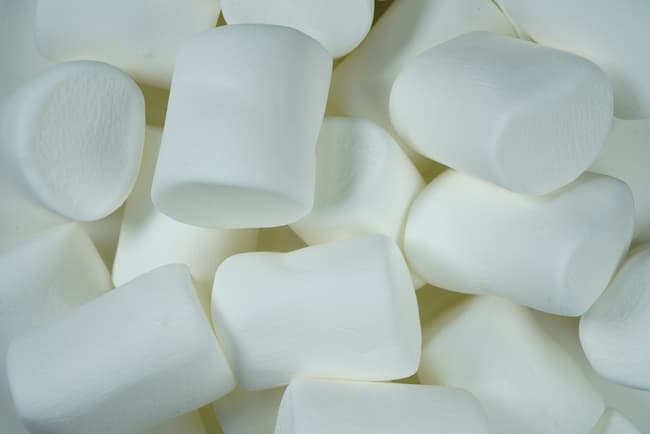
Prunes
Prunes are sticky, and moist, and can hold their shape pretty well.
Add a whole prune to your hard brown sugar and it should be soft within eight to twelve hours, or less.
All of the above use organic items which soften brown sugar by transferring their natural moisture to the sugar that surrounds them in a closed environment.
Each one (with the exception of the bread) also adds some degree of flavor to the sugar.
This can be an added benefit especially with the apple slices and orange peel as it can give a nice boost of flavor to an existing recipe.
Using a Sugar Saver or Sugar Bear
There's also another, super simple way to soften brown sugar, and keep it that way, and it doesn't involve an appliance or food item!
So what is this magical item?
It's a terra cotta disk called a Sugar Saver (and also known as a Sugar Bear because many of them come with cute little bear designs on the disk).
The terracotta absorbs water nicely, and stays damp for a while, making it the perfect solution to counteract that solid mass of sugar you're trying to avoid creating.
Terracotta Disk Method
You simply soak the disk in water for 10-15 minutes, then remove it and pat off excess water, pop it into your container of brown sugar, seal it up tight, and let the magic happen.
It usually takes twelve hours, or an overnight stint, for a brown sugar saver to do it's work.
Moisture spreads outwards from point of contact between the sugar bear and sugar, so If you have a lot of sugar, using two sugar savers may help speed things up by softening the sugar in more than one place at a time.
Your sugar saver will often remain active for a fairly long time, often up to three months, before the soaking process has to be repeated, and it won't go bad or mushy.
Sounds like a win to me.
How to store brown sugar to keep it soft
So, now we've looked at how to soften brown sugar which has become hard, I thought it would be a good idea to just recap on the best way to keep brown sugar soft in the first place.
That way you won't find yourself faced with a rock-like lump of hard sugar next time you decide to do some baking!
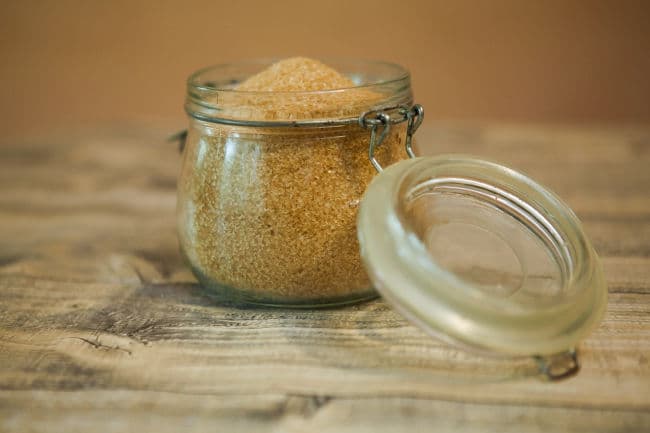
Luckily, keeping brown sugar soft (both dark brown sugar and light brown sugar) is easy :
- Keep it in a sealed container which is airtight
- Add something which contains moisture to prevent the drying out process
- Replace (or re-soak, in the case of the sugar saver) whatever is added regularly
It's literally that simple!
Another simple alternative, is to try storing your brown sugar in the freezer.
Just put it into an airtight container, or reusable freezer bag and then pop it into the freezer.
There are SO many different types of airtight containers you can use for storage, in a whole bunch of price ranges.
One of the most affordable are the deli containers. They come in a variety of sizes, are stackable, plus they're freezer and dishwasher safe (see first and second images in product grid below).
If you're planning to store a whole bag or box of brown sugar, try separating it into two or three portions and freezing them separately in individual containers/bags. This helps to prevent air getting to your sugar every time you defrost it and open up the container/bag. Air is the enemy of soft brown sugar!
This method works well in terms of preventing moisture loss, but of course you have to factor in time to defrost the sugar before you can use it. So if you do this, it's always a good idea to plan ahead so that your sugar isn't frozen when you need it.
It can take at least two to three hours, and possibly longer, for brown sugar to defrost and soften after it's removed from the freezer.
If you notice ice crystals in your sugar, simply stir them in as the sugar defrosts to keep the moisture evenly distributed.
And now, one final, last-minute tip that can help if your brown sugar is just a hard lump and you've already committed to a recipe requiring brown sugar NOW.
How to make a replacement for brown sugar
Did you know that you can replace brown sugar in a recipe with a mixture of granulated white sugar and molasses?
I mean, it makes sense because brown sugar is simply that very same mixture, but pre-prepared.
The addition of molasses is why brown sugar goes hard while white sugar doesn't, as the moisture from the molasses slowly disappears once the sugar is exposed to the air, and as that happens the sugar crystals stick together and eventually become a solid lump.
To replace light brown sugar in a recipe:
Mix 2 tsp of molasses to 1 cup of white, granulated sugar. The quickest way to get a uniform result is to mix them together using your hands.
To replace dark brown sugar in a recipe:
Mix 4 tsp of molasses to 1 cup of white, granulated sugar. Use your fingers to mix/blend ingredients for best results.
You'll find a variety of different ratios of molasses to sugar recommended online, and to be honest, there's no single correct combination.
The one I've given is what I prefer to use, but you can use less, or more, molasses until you get the color, consistency and flavor that you want.
Just don't use too much or your sugar mixture will become to liquid and won't work well in any recipe.
You Might Also Like These pages...
- Home
- Dog Treat Ingredients
- Soften Brown Sugar









